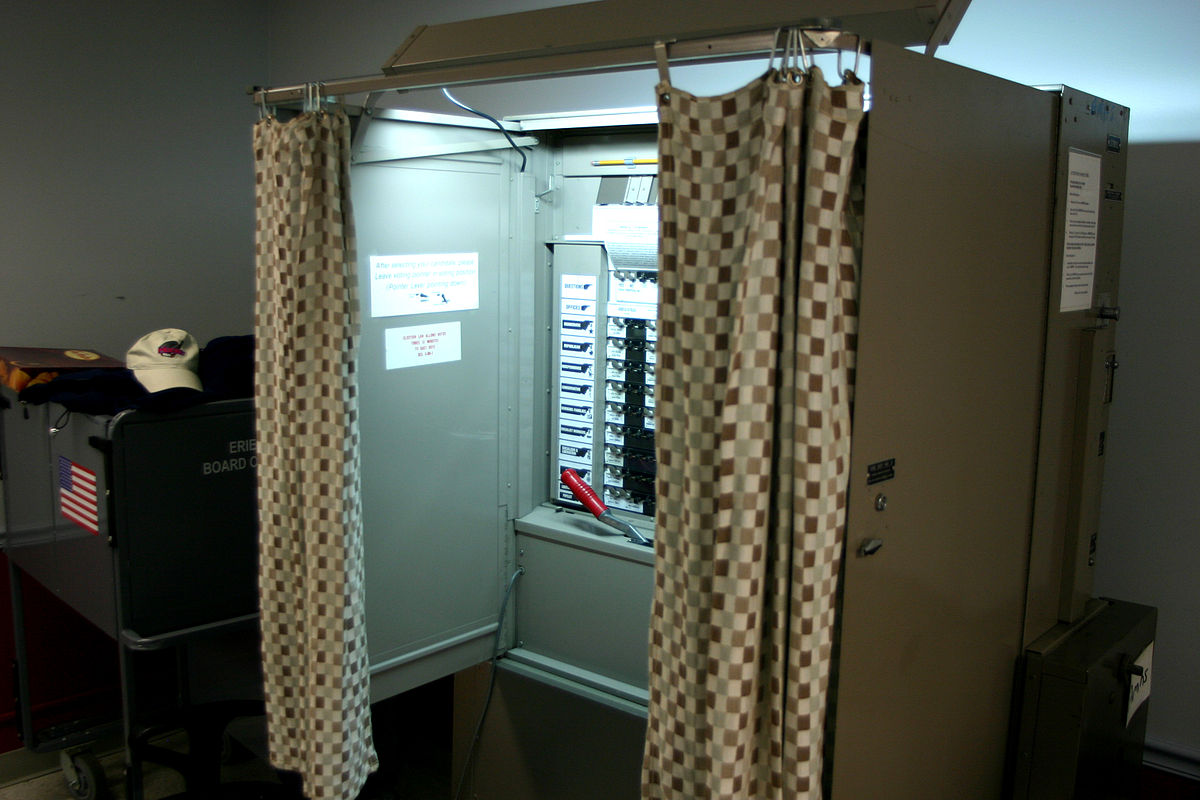
Back long enough ago that it almost seems to be ancient history (but was actually just 2016), a group of reformist organizations attempted, via a petition drive, to put on the ballot an amendment to the Illinois constitution to take the drawing of legislative district borders out of the hands of politicians, who have had a horrific track record of gerrymandering, and into a bipartisan commission. The effort failed because the state Supreme Court ruled that it didn’t meet the criteria for topics which are, by the provisions of the constitution itself, amendable by means of citizen initiative — a decision which had all the earmarks of Supreme Court justices themselves being corruptly influenced by the same machine that wanted no changes, but which may have been legitimate. Now, an organization called CHANGE Illinois (yes, the “CHANGE” part is a cringeworthy acronym) is trying again, this time by lobbying the legislators themselves and calling upon them to support a bill to place the reform on the November ballot.
Is the proposed amendment the right way forward? Maybe. It requires a bipartisan commission, with members selected jointly by both the Chief Justice of the state Supreme Court and the highest-ranking member of another party, seven each from the two major parties and two from outside those two parties. It does not require districts that are compact or that represent communities with common interest, except as a priority of lesser priority than representation of minority groups — and the requirement to “not discriminate against or in favor of any political party or individual” is last of nine priority items.
But this proposal still seems like wishful thinking, in its belief that the Supreme Court is comprised of high-minded people who will appoint people just as equally high-minded. And it doesn’t solve one of the complaints that increasingly crops up about districts, even absent ill intent: that differences in the way voters of the different political parties are distributed means that a map that’s perfectly “fair,” with compact districts drawn to reflect local communities and interests, and drawn without regard to political party, can end up producing what some fair-map-ers call an “efficiency gap.” (See this 2015 Washington Post “Wonkblog” article, or this Quanta Magazine explainer.) And there are clear demographic differences: cities are very densely packed with Democrats, and Republicans are more widely dispersed.
Let’s play around with this some. For convenience (yes, you laugh), I’ll label the parties the Red Party and the Blue Party.
Imagine that half the districts are populated with an even distribution of 55% Red Party voters and 45% Blue Party voters, and the other half are inhabited exclusively by Blue Party voters.
The Red Party would take 50% of the seats with only 27.5% of voters.
Imagine that 75% of the districts are populated with 55% Red, 45% Blue voters, and the other 25% are 100% Blue Party.
The Red Party gets 75% of the seats with only 41.25% of the vote.
Imagine that all districts are 51% Red Party, 49% Blue Party.
The Red Party gets 100% of the seats and the Blue Party gets no representation.
Could the unfairness to the Blue Party be solved by “fair maps”? Not really. Proposals to overcome this inevitably end up producing gerrymandering rather than avoiding it, with such creations as, well, each of Illinois’ First, Second, and Third Congressional Districts, which comprise enough of a solid city Democratic core to guarantee the election of a Democrat, and the remainder of the district sweeping suburban areas to limit the electoral success of Republicans.
But here’s what would solve it: a hybrid legislative system, such as Germany’s “mixed member proportional representation” or “additional member system.” Here’s how it works:
At each election, voters make two choices: they vote for a candidate, and they vote for a party. In each district, the candidate with the most votes wins. But that’s not the end of the story: the proportion of votes for each party nationwide (or in each state, for a state election) is also tallied, and additional legislators from each party are added in the proportions needed to balance the legislature as a whole.
For example, if the results of the baseline by-district election were that 60 Red Party and 40 Blue Party candidates won, but the actual vote, by party, was that 50% of the voters across the state supported each party, then 20 extra Blue Party members would be added, from a list of potential legislators supplied by the parties, to total 60 members from each party and a 50% representation. They would then serve as “at large” members.
Is this system ideal? On the one hand, it would give more power to the political parties, which might not be on everyone’s wishlist, at least not for those who prefer for party primaries to serve merely as winnowing mechanisms. But on the other hand, it would enable, at the state level at least, the viability of third parties, who would be just as eligible for at-large members as the major parties, and in a state that’s beset by bipartisan corruption, that would be a crucial additional benefit.
So if we’re going to have an amendment, why not be all-in on transformative change, rather than placing our hopes on a half-measure?